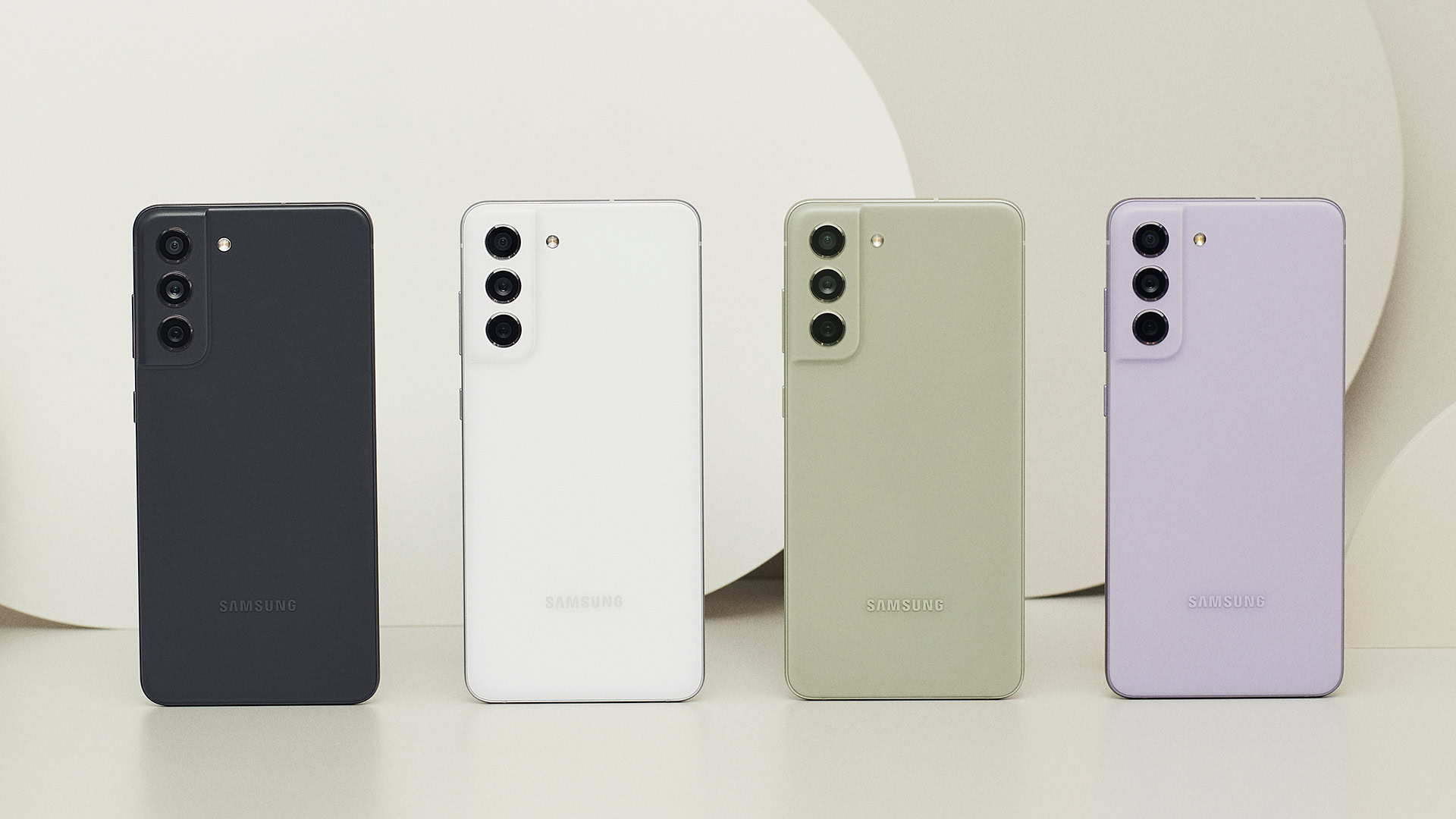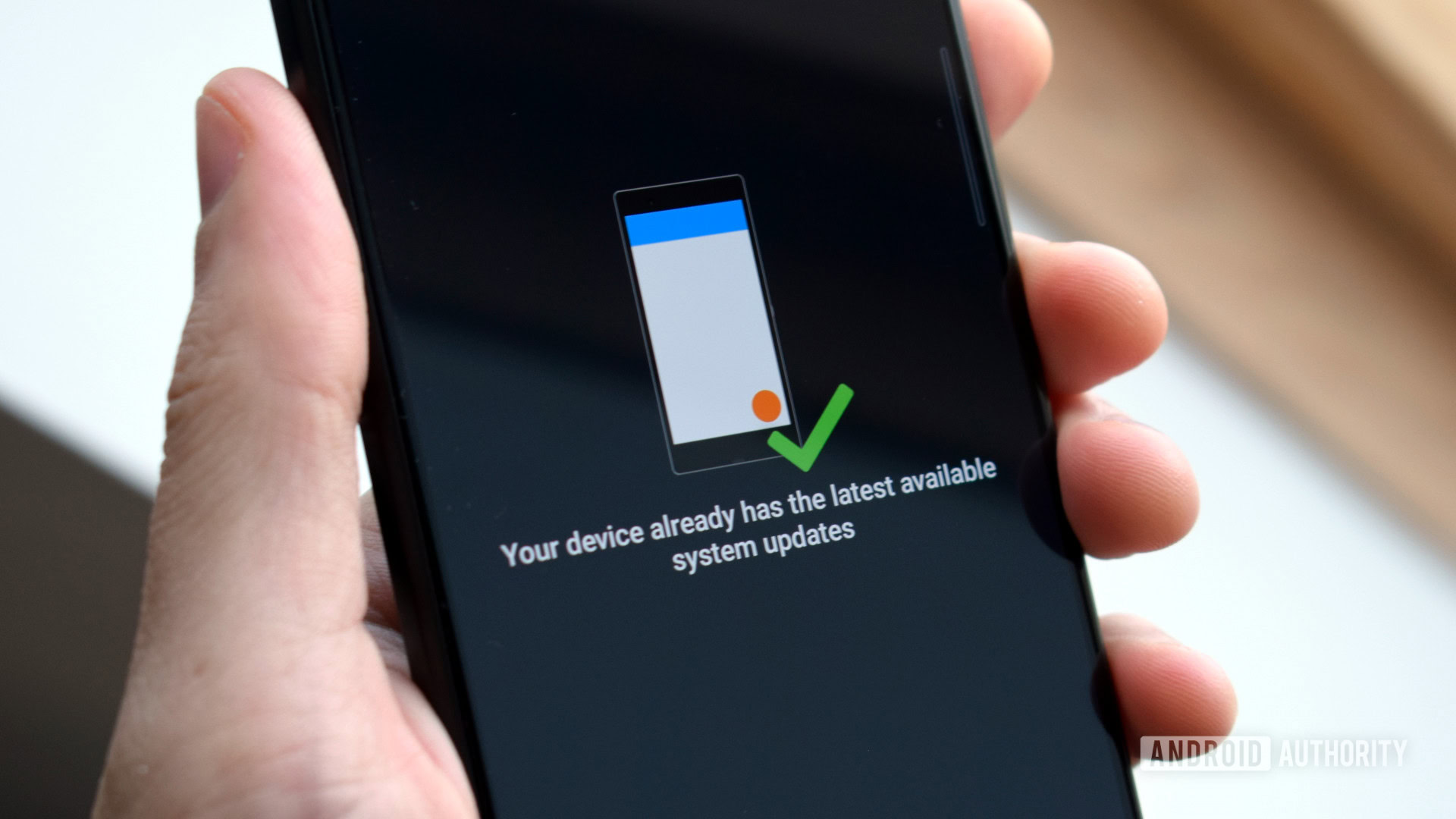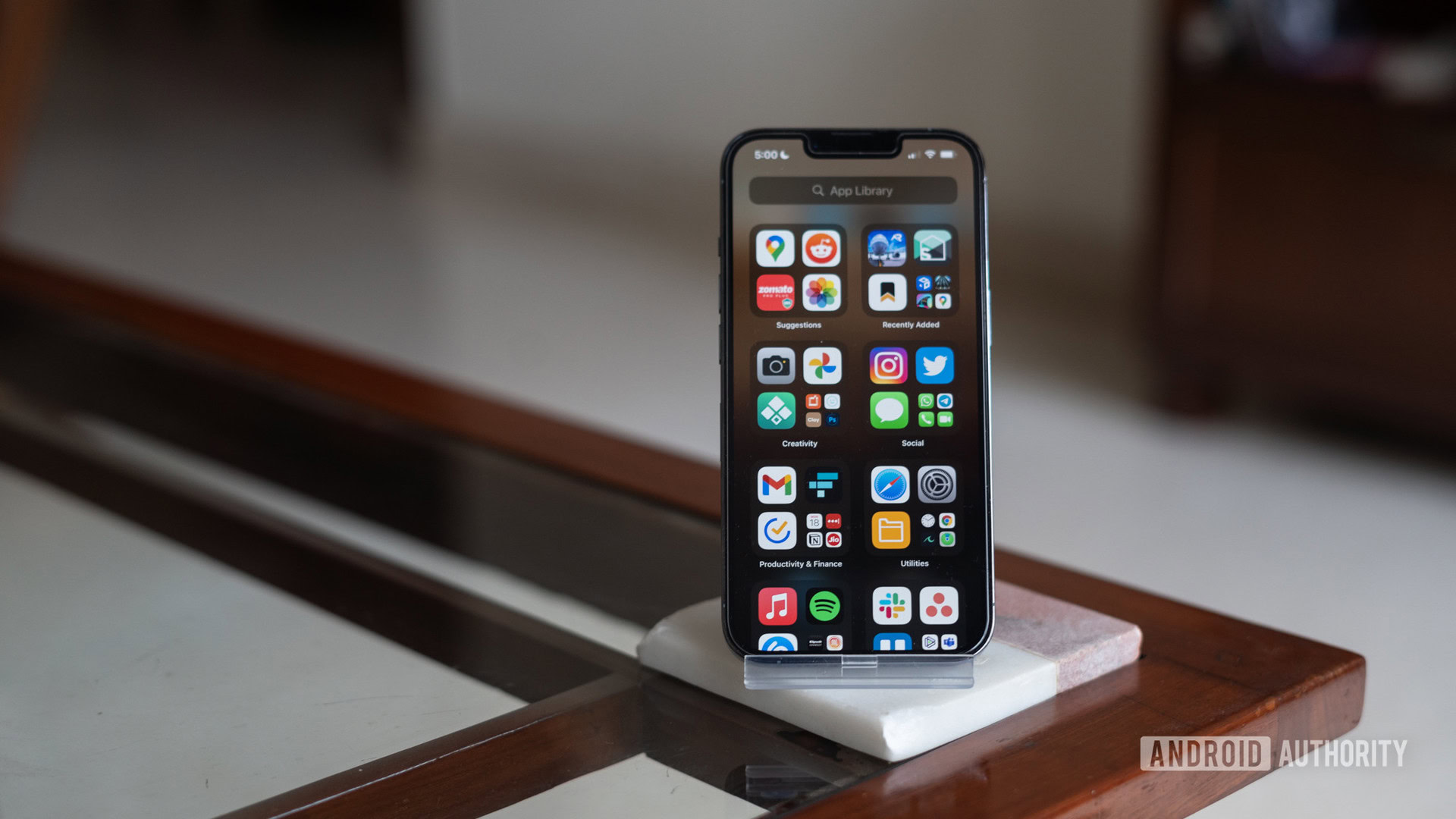Affiliate links on Android Authority may earn us a commission. Learn more.
It's time to ditch our fascination with the yearly upgrade cycle
Published onFebruary 5, 2022

If there’s one thing we can say about the pending Galaxy S22 launch it’s that, S22 Ultra aside, the range looks very similar to the S21 series, and those phones hadn’t changed much from Samsung’s Galaxy S20 portfolio. This is not strictly a bad thing — the new models still feature an array of very welcome incremental improvements, from faster charging to improved camera setups, without ruining an otherwise top-class experience. But the days of raging innovation and game-changing new devices are now firmly in the rearview mirror. Unless that is, you believe that foldables are the future.
A slower cadence of hardware innovation is far from a Samsung-specific phenomenon. Apple’s iPhones have remained virtually unchanged for years, and models from OnePlus, Xiaomi, and others all have their own familiarities too. Of course, some brands, such as Google’s Pixel, have changed more than others in recent years and the mid-range market is moving more rapidly. But in general, flagship smartphones have settled on a pretty static, ideal formula — a decent processor and display, speedy charging features, and triple cameras are all staples of the space. Refinement rather than revolution is the current state of play, as you’d expect from a market that’s now well into maturity.
Looking for innovation: The best foldables you can buy right now
With that in mind, this is all the more reason for manufacturers to start taking software more seriously, especially as software is increasingly the key differentiator. I’d go one further and say that we’re now at the stage where brands must look beyond the basics like long-term security and OS updates and start thinking about phones as vessels with which to provide ‘software as a service’ (SaaS).
Software as a service — what do you mean?

Today we purchase new phones with little more expectation than two or three major OS updates and monthly or semi-annual security patches. With the best manufacturers, an older phone may receive the features of its successor in an eventual Android OS update. But this can take months to arrive, and even then, the latest features are regularly pared down or omitted from aging phones, especially after the first year. Under the current model, you’re primarily buying hardware as is with a promise of future updates, but there’s no firm idea about what this future software will look like. It might contain exciting new features but equally, it might just offer the bare minimum OS upgrade.
Today we buy a phone as is, with a promise of unspecified future updates.
Software as a service is different — you’re purchasing a software license that provides access to all updates, so long as the license is active. SaaS is typically associated with web-based or platform-agnostic software — think Photoshop or Office. It would work a little differently for phones, but it’s not too hard to envision how. SaaS already aligns with the existing business for phone contracts and plans, but can also work as an upfront cost that covers you for several years. The latter is basically how phone purchases work already. SaaS for phones would mean more of a paradigm shift for the way manufacturers think rather than any drastic changes for consumers.
Moving to a service- rather than a hardware-driven approach to smartphones focuses development and innovation on day-to-day user experiences. Whether it’s AI language translation tools, camera filters and features, mobile payment services, privacy initiatives, or UI gestures and tools, innovations in these areas greatly influence the user experience, yet could be rolled out at almost any point in the year. Of course, some features will always rely on new hardware, but these are few and far between nowadays. Where possible, improvements shouldn’t be locked away until a new hardware platform arrives. Instead, they should develop and roll out continually to improve the experience of new and existing customers.
For example, Google rolled out the Pixel 6’s Magic Eraser feature to the Pixel 5 in a timely manner but not every manufacturer is quite so flexible. Samsung’s enhanced keyboard functions and revamped camera app probably didn’t need to wait to ship with the major One UI 4.0 update. Treating software as a service would have seen Samsung adopt a more Google-eqsue approach to rolling features.
Smartphones should be living services, with regular app and feature updates rolling out across broad portfolios.
With phone hardware in a far more stable state than it was half a decade ago, providing long-term support and backporting new features to older devices is more realistic than it has ever been. Chipsets from Qualcomm and others, now regularly see four or more years of key support, ensuring that devices don’t go out of date at the hardware level. These days, smartphone hardware lasts many years and only needs upgrading when it’s old and underperforming.
As such, brands don’t need to build a new camera app for each new generation if they all have similar hardware features. Likewise, the ubiquity of machine learning processing power means that the latest AI algorithms and features can run on older phones, even if there’s a small performance penalty. This begs the question, why wait for a new phone to roll out improved features? Smartphones could, nay should, become living services, with regular app and feature upgrades rolling out across broad portfolios throughout the year.
You may have noticed that a few smartphone brands are already embracing this update model for their older smartphones — namely Apple and Google.
Apple and Google already understand SAAS (sort of)

If you want an example of smartphones already operating on a SaaS-like model, look no further than Apple. Cupertino rolls out its yearly iOS upgrade to phones that are seven or more years old. Apple’s solution isn’t perfect, though. Newer devices don’t necessarily receive all the latest iOS features, but phasing out older smartphones gradually rather than abruptly, as is the case with Android, is undoubtedly a big win for long-term customers.
Importantly, old phones are kept secure and the core experience continues to improve year on year. Apple also serves as an excellent example for software as a service due to its expanded ecosystem, which encompasses Apple Pay, News, Music, and much more. It pays to keep these customers active, even if they’re running older phones.
See also: Google Pixel 6 vs Apple iPhone 13 — Which should you buy?
Currently, no Android manufacturer has the ecosystem breadth of Apple but SaaS presents an opportunity to move in that direction. Google is the closest manufacturer to offering such a model. It has Drive, Music, Photos, Pay, and other services and an expanded product ecosystem that encompasses TV, laptops, and the smart home. Google has embraced providing app updates and feature patches through both app store and traditional update paths, as well as ‘feature drops’ to bring more noticeable changes to users semi-annually.
Google's feature drops are a step in the right direction for long-term customers.
Google is already far less focused on raw specifications too, preferring to frame its Pixel launches in terms of user experiences rather than performance gains and other tedious metric multipliers. By talking about its improvements like live transcription and computational photography, Google seems to have seen the way the wind is blowing. However, the company hasn’t brought all of its latest features to older phones. With the custom Tensor processor now a key part of its phones, it will be interesting to see how the company handles backporting its more advanced features in the future.
There are signs that other brands are gradually coming around to this way of thinking. HONOR has its 1+8+N strategy, Xiaomi has branched out into a huge array of product segments, and Samsung is doing a much better job at long-term software support and backporting features. But none of these brands have yet packaged their broader ecosystems up into one that’s primarily service- rather than hardware-driven.
With SaaS, software becomes the selling point and hardware only needs upgrading when its old and underperforming.
Many OEMs remain stubbornly focused on the hardware numbers game, believing that 2x better that and 5x better this will swing the needle of market share in their favor, at least temporarily. However, these improvements are increasingly less able to overhaul the core smartphone experience and provide consumers with the new features and use cases they crave. With diminishing hardware returns, it’s time to ditch fascination with the yearly hardware launch cycle and embrace the less exciting but ultimately better world of software as a service.